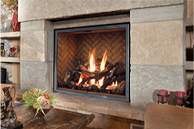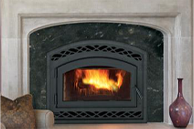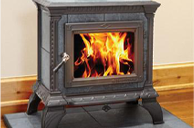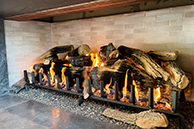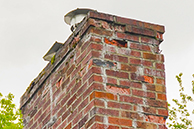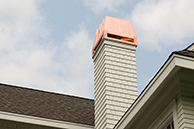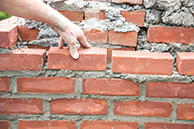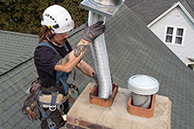A Guide to Using Your Gas Fireplace Properly
A gas fireplace adds instant warmth and cozy vibes to your home without the hassle of wood logs, ashes, or most maintenance. But to enjoy it safely and efficiently, it’s still important to follow the right steps. This guide will walk you through how to properly use, maintain, and care for your gas fireplace so it runs smoothly for years to come.
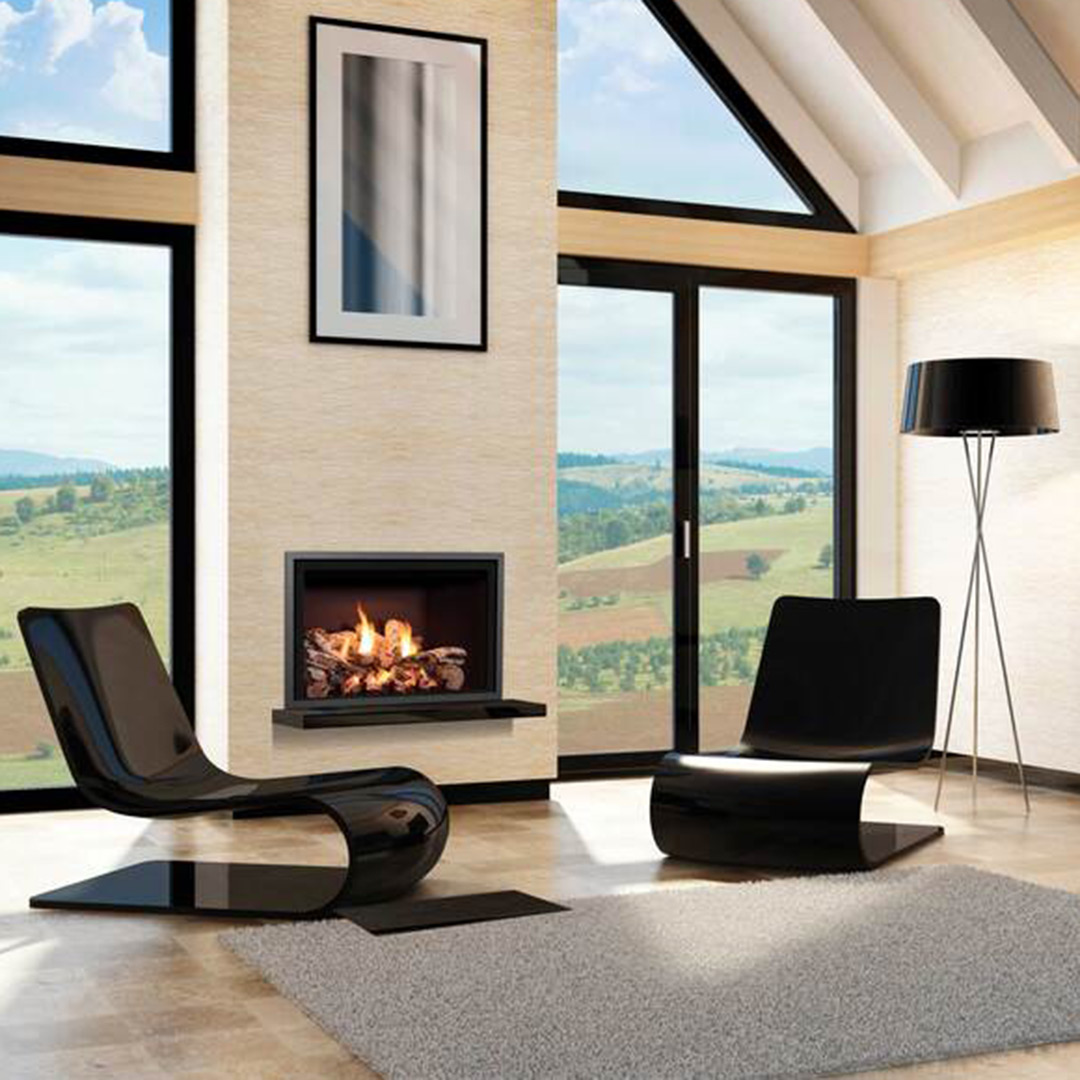
Read the Manufacturer’s Instructions
Every gas fireplace model is unique, so always start with the owner’s manual. It provides specific directions for ignition, ventilation, and cleaning so make sure you familiarize yourself with the details. Following these guidelines keeps your fireplace safe and ensures it performs as intended.
Make Sure Ventilation Is Okay
Gas fireplaces burn cleaner than wood, but ventilation is still an important consideration. There are two main types of fireplaces: direct-vent and vent-free. Direct-vent fireplaces channel fumes outdoors, while vent-free models rely on room air circulation. If you’re using a vent-free unit, keep a nearby window cracked open and always make sure your carbon monoxide detector is operating as it needs to for peace of mind.
Schedule Annual Inspection & Keep Up With Regular Maintenance
Annual professional inspections are a must. A technician will check burners, pilot lights, and gas connections, as well as ensure the vent system is clear. Between visits, you can wipe down the glass with fireplace-safe cleaner and vacuum dust from vents or decorative logs.
Follow Safe Operating Practices
Lighting a gas fireplace should always be done according to the manual—usually by setting the control knob to “pilot” before pressing the igniter. Never use matches or lighters on units with built-in ignition. Keep flammable items like curtains and decorations at least three feet away and use a protective screen if your model includes one.
Use the Correct Fuel and Accessories
Your gas fireplace is designed for natural gas or propane only. Don’t attempt to burn wood, paper, or other materials. Decorative ceramic logs should remain in their proper placement to maintain correct flame patterns. If adding doors, blowers, or fans, make sure they’re approved for your specific model.
Maximize Energy Efficiency
A gas fireplace can lower heating costs by supplementing your central system. Close doors to unused rooms to concentrate warmth where you need it most. If your fireplace has thermostatic controls or timers, use them to prevent overheating and wasted fuel.
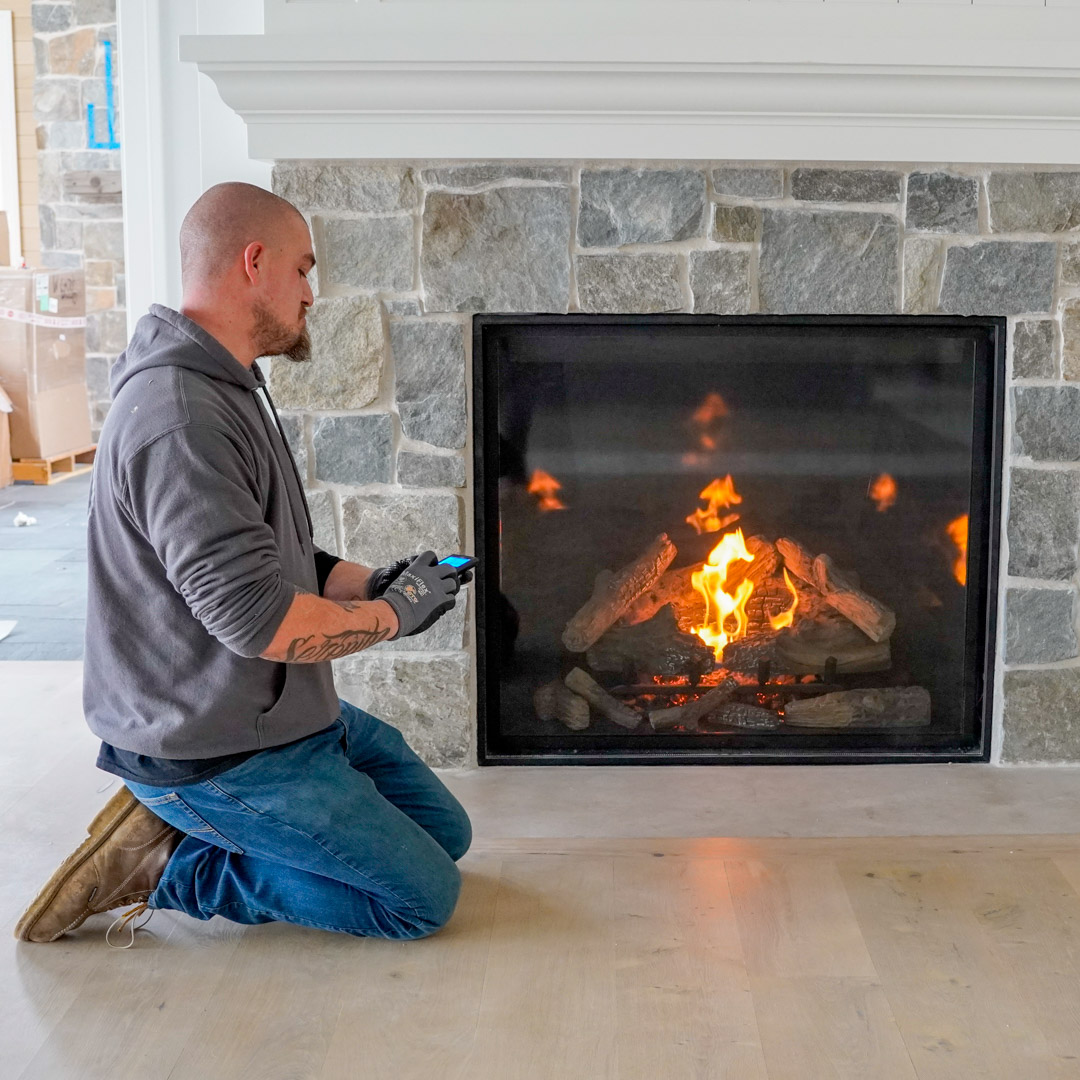
Know When to Call a Professional
Warning signs such as unusual odors, weak flames, soot on the glass, or a stubborn pilot light mean it’s time for professional help. Stop using the unit immediately and call a licensed technician to avoid safety hazards.
Considering a gas fireplace? Call Twin City Today
Adding a new gas fireplace to your home can be a cozy addition for all. Using it the right way makes it a safe, efficient, and cozy addition to your home. By reading the manual, ensuring ventilation, keeping up with maintenance, and watching for warning signs, you’ll enjoy the comfort of a cozy fire all season long.
 Active-Duty Military Owned
Active-Duty Military Owned
